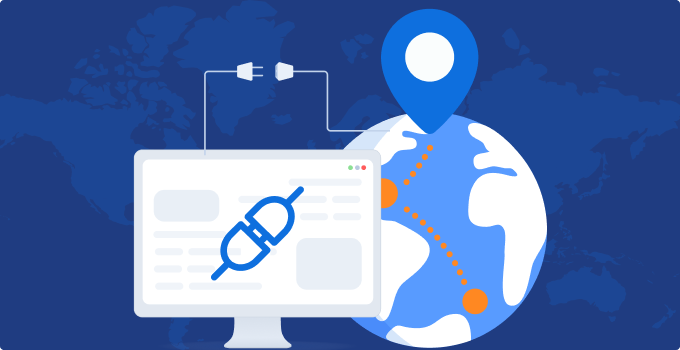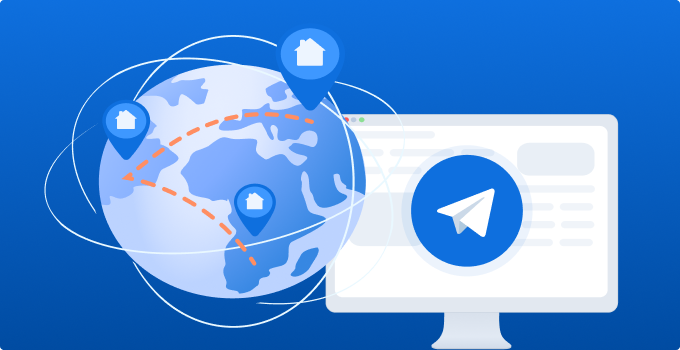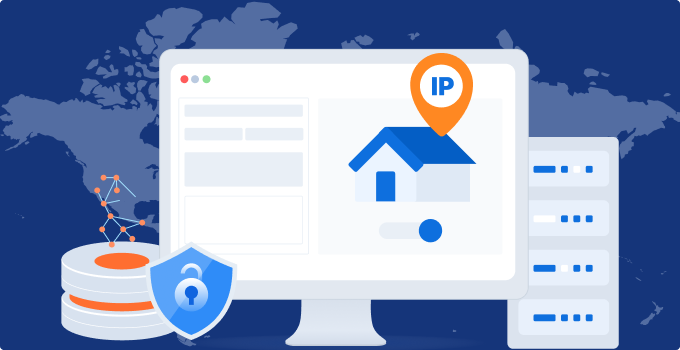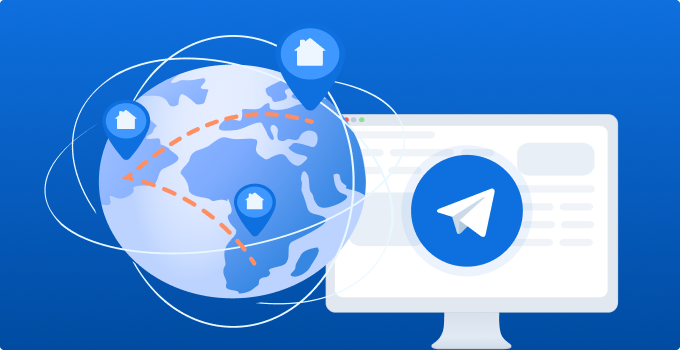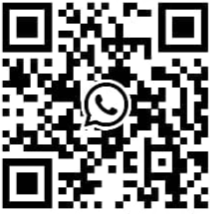YouTube contains a wealth of information on viewer behavior and content trends. For businesses and analysts, this is a treasure trove of valuable insights. By collecting data on video titles, metrics, and audience comments, you can better understand market demand, track competition, identify influencers, and refine messaging strategies. However, knowing how to scrape YouTube data properly takes more than just basic tools. You need a clear data plan, strong infrastructure, and methods to avoid being blocked. Above all, using reliable proxies like PIAProxy helps ensure smooth and uninterrupted data collection. This article covers four key areas: what YouTube data is, why data scraping matters, how to scrape it efficiently, and how to apply best practices with proxy support. What Is YouTube Data?YouTube data refers to all public information that can be gathered from the platform without logging in. This includes:Video MetadataTitle, description, upload date, duration, tags, and video ID Engagement MetricsViews, likes, dislikes, comments, shares Channel InformationChannel name, subscriber count, total views, channel creation date Comments and RepliesFull text of comments, commenter names, timestamps, likes on comments Search Result DataLists of ranked videos when searching for specific keywords Each data type offers a different insight. For content strategy, metadata and engagement trends are most useful. For sentiment analysis, comments provide primary input. For competitive analysis, channel statistics reveal performance over time.Collecting this data is the first step in answering more advanced questions. As you learn how to scrape YouTube data, you start to see which metrics correlate with success and which content types drive engagement. Why Scrape YouTube Data?There are several important reasons to gather YouTube data:Market ResearchBy tracking trending videos and topics, you can identify emerging consumer interests and adapt your content strategy. This supports better targeting and campaign planning. Competitive AnalysisScraping content from other channels helps you benchmark against competitors. Compare performance metrics, posting frequency, and audience engagement to find what works best. Influencer IdentificationFor influencer marketing, scraping data adds key signals like engagement rate, average views, and comment sentiment. These help you choose partners who truly resonate with your audience. Sentiment AnalysisComments data allows analysis of audience tone and feedback on products or messages. This helps refine messaging and generate valuable product insight. Academic and Social ResearchYouTube offers a public repository of cultural and social content. Researchers use scraped data to study language patterns, social trends, or public reaction to events. Each use case depends on knowing how to scrape YouTube data in a structured, reliable way. Doing it well means capturing data that is both accurate and timely. A high-quality proxy provider like PIAProxy makes all this possible, ensuring your scraping runs without interruption. How to Scrape YouTube Data?Here is how to approach how to scrape YouTube data effectively and responsibly:Step A: Define Clear Data ObjectivesDecide which metrics you need and why. Are you building a trending report, monitoring comment sentiment, or compiling influencer contact lists? A defined goal helps you choose the right data fields and scraping methods. Step B: Identify Target PagesList the URLs to scrape—from search pages, video pages, or channel pages. Organize these URLs based on categories or priority to ensure efficient scraping. Step C: Use Reliable ProxiesYou need proxies to manage request volume and avoid IP bans. That is why choosing the right proxy for data scraping is vital. Choose a trusted provider like PIAProxy, which offers rotating residential and SOCKS5 proxies to mimic natural traffic and avoid detection. Step D: Respect Platform LimitsYouTube may throttle or block high-volume requests. Use controlled request rates and randomized delays. Also, rotate proxies from PIAProxy to spread load across different IPs. Step E: Monitor and AdjustData structures often change. Monitor scraped fields and layout changes. Update your scraper setup accordingly. Also, keep an eye on proxy performance and switch proxies if a pattern of blocked requests emerges. Step F: Store and Analyze DataOrganize scraped data in structured formats like JSON or CSV. Then, feed it into analytics tools or dashboards to extract meaningful insights. By following these steps, you will master how to scrape YouTube data at scale while maintaining reliability and compliance. The Role of Proxies Like PIAProxyProxies are vital to any large-scale YouTube scraping project. Here is why PIAProxy stands out:1.IP Rotation: PIAProxy offers frequent IP rotation that helps evade IP-based restrictions.2.Global Coverage: Access proxies located in multiple countries for better performance across regions.3.Protocol Support: Supports HTTP, HTTPS, and SOCKS5, ensuring compatibility with most scraping frameworks.4.High Uptime: Built for high bandwidth tasks, PIAProxy ensures stability even under heavy load.5.Session Control: Maintain consistent sessions to avoid CAPTCHA challenges and access restrictions. When you implement proxies effectively as part of how to scrape YouTube data, you gain scale, flexibility, and reliability in your data collection efforts. ConclusionCollecting YouTube data offers a treasure chest of analytics potential, whether for brand research, competitor strategy, or deeper content insights. Learning how to scrape YouTube data effectively involves defining clear goals, building reliable scraping infrastructure, and respecting platform limits. Proxies, particularly solutions like PIAProxy, play an essential role in making large-scale scraping stable and efficient.As you refine your approach and update your methods, your collected data will become an increasingly powerful asset. With structured planning, respected practices, and dependable proxies, unlocking insights from YouTube becomes effortless—and enormously valuable. Frequently Asked QuestionsIs YouTube data scraping legal?Scraping publicly available data is generally allowed. Please don't forget to scrape private or restricted content. Always follow YouTube’s terms of service and respect robots.txt limitations. How many requests per second are safe?To stay under YouTube’s radar, limit requests to 1–2 per second per IP. Using proxies like PIAProxy lets you distribute load across many IPs safely. Do I need an API key?You can use YouTube’s official API with a valid key for structured data. For broader scraping of search results or comment threads, scrapers with proxies provide flexibility without API limits. How do I handle changes in YouTube’s page structure?Regularly test your scraper setup for broken fields. Update your selector logic when YouTube modifies labels or page layouts. Proxy tools like PIAProxy reduce the impact of disruptions during updates.

